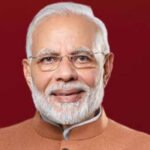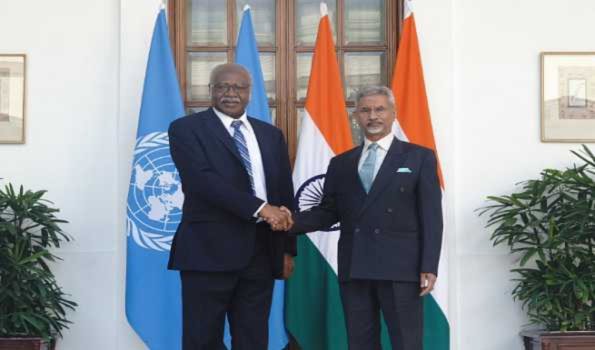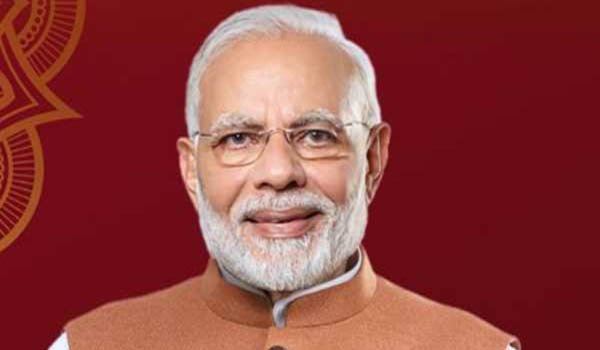- These facts came to light in Central Government’s latest report Health Dynamics of India
Chronicle Reporter, Bhopal
Madhya Pradesh has become the first state of the country where AYUSH facilities are available in all 328 primary health centers in urban areas. Out of 1440 primary health centers in rural areas, AYUSH facilities are available in 695 and are being increased in the remaining. AYUSH doctors are available in 228 primary and community health centers in tribal areas.
On this parameter, Madhya Pradesh is at the third place in the country. Odisha is at the first place with 296 and Chhattisgarh is at the second place with 279. Madhya Pradesh has become one of the first six states of the country to have significantly increased the number of sub-health centers in rural areas since the year 2005. Apart from this, it has come at the seventh place among the ten states with the highest number of primary health centers. This fact has come to light in the Health Dynamics of India – Infrastructure and Human Resources Report released recently by the Ministry of Health and Family Welfare, Government of India. Madhya Pradesh is also among the first six states in terms of the number of community health centres. There are a total of 5491 community health centres in the country. Their number in Madhya Pradesh is 332. According to the report, Madhya Pradesh is among the first three states in the country in terms of the number of hospitals and district hospitals operated at the sub-divisional level. The number of sub-divisional hospitals is 144. Tamil Nadu is at the first position with 281 and Karnataka is at the second position with 147. The number of district hospitals in the state is 52. It is at the second position in the country. Uttar Pradesh is at the first position with 125 and Delhi is at the third position with 40.
According to the report, 10,258 sub-health centres are providing services in 55,885 villages of Madhya Pradesh. There are 1440 primary health centres in villages and 328 in urban areas. There are 332 community health centres in villages and 21 in cities. 144 hospitals are run at subdivision level and 52 at district level. According to the report, 13 medical colleges are functioning. Dhar district has the highest number of 479 sub-health centres. Badwani is at second place – 329, Rewa is at third place – 326 and Satna is at fourth place – 302.
The report assesses the progress made in Madhya Pradesh in health infrastructure in villages and cities from the year 2005 to 2023. In the year 2005, the number of sub-health centres in villages was 8874 which has now increased to 10258. Out of these, 3996 sub-health centres were set up in government buildings, now 8626 are in government buildings. The number of sub-health centres set up in rented buildings was 4878 which has now reduced to 667. Today 965 centres are operating in rent-free panchayat buildings. Similarly, the number of primary health centres has increased from 1192 in 2005 to 1440. The number of community health centres has increased from 229 in 2005 to 332 and 328 of these are operating in government buildings. Construction of buildings for the remaining three is in progress.
How does the health care system work? : The sub-health centre is the first point of contact between the primary health care delivery system and the community. Lower level services are provided in the areas of maternal and child health, family welfare, nutrition, immunization, diarrhea control, control of communicable and non-communicable diseases. Ideally, a sub-centre has at least one auxiliary nurse midwife, female health worker and one male health worker. It serves at least four villages. The primary health centre acts as a point of contact between the community and the medical officer. It is a referral unit for 6 sub-centres. It has a facility of 4 to 6 beds and covers 26 villages. A community health centre has 4 medical specialists, paramedical staff, physician, obstetrician and gynecologist and pediatrician. It has a capacity of 30 beds with an operation theatre, X-ray, labor room and laboratory facilities. A community health centre operates as a referral unit for at least four primary health centers. It can provide services to 121 villages. Sub health centres, primary and community health centres together are providing services in 308252.00 square kilometers in the state. Out of this, 93 thousand square kilometers is tribal area. The rural area is 309505.59 square kilometers and the urban area is 7746.41 square kilometers. Thus, 97.49% of health services are spread in rural areas. Health services are reaching 7.26 crore population of the state through these institutions. 72.4% of the population of rural areas is getting the benefit of health services.
Comparative analysis of doctors’ postings
The report has done a comparative analysis of the basic health infrastructure and postings of specialist doctors in sub-health, primary health, community health, divisional level hospitals and district hospitals in all the states. Chhindwara has the highest number of 68 primary health centres in the villages of the state. After this, Khargone has 58 and Rewa has 46. Bhopal has the highest number of 54 centres in the cities. Indore is at second place with 40 and Jabalpur is at third place with 36. Similarly, in rural areas, Barwani has 14 community health centres, Mandla has 12 and Satna has 11. Out of the total 21 community health centres, Bhopal has the highest with three.











